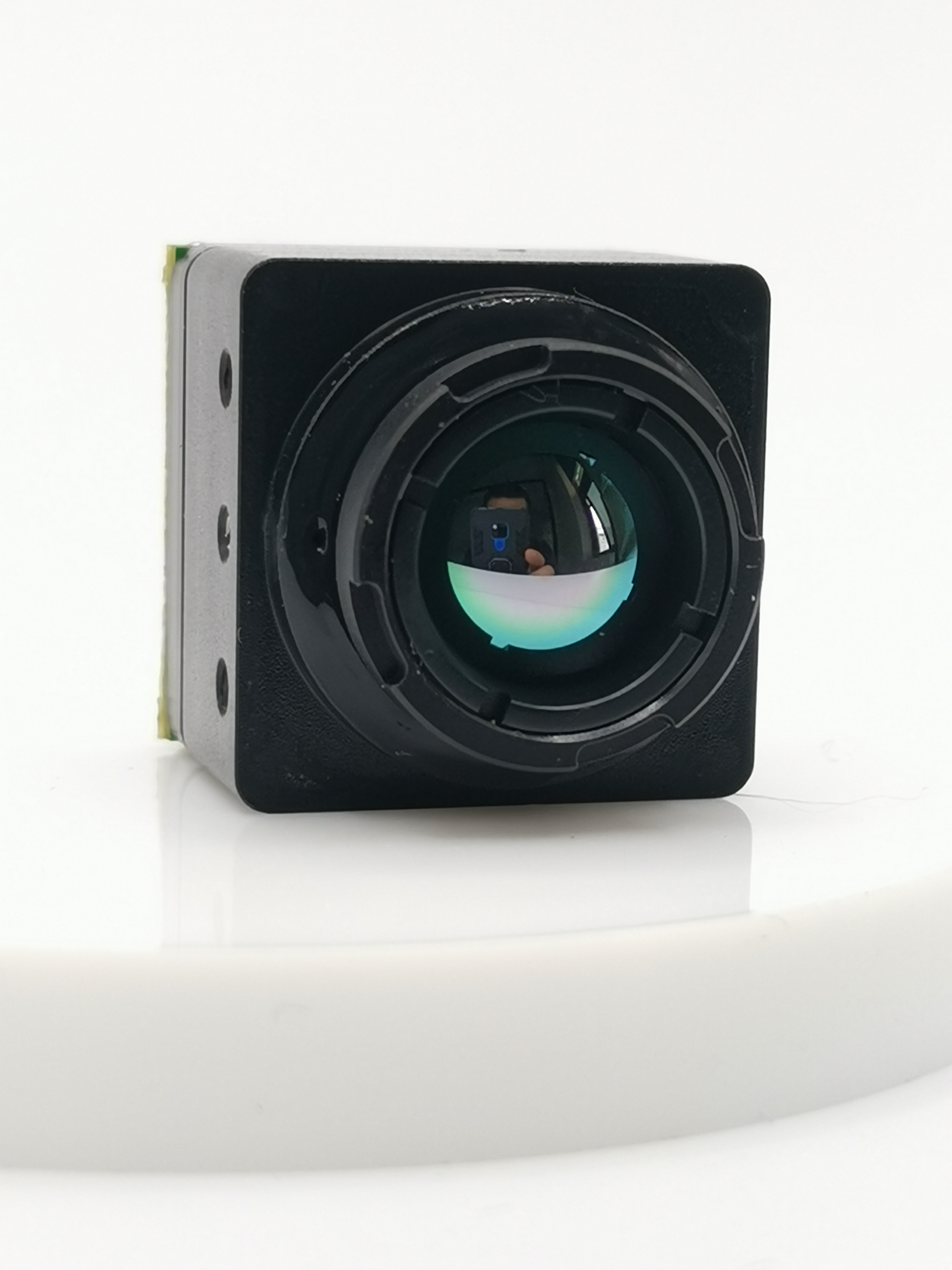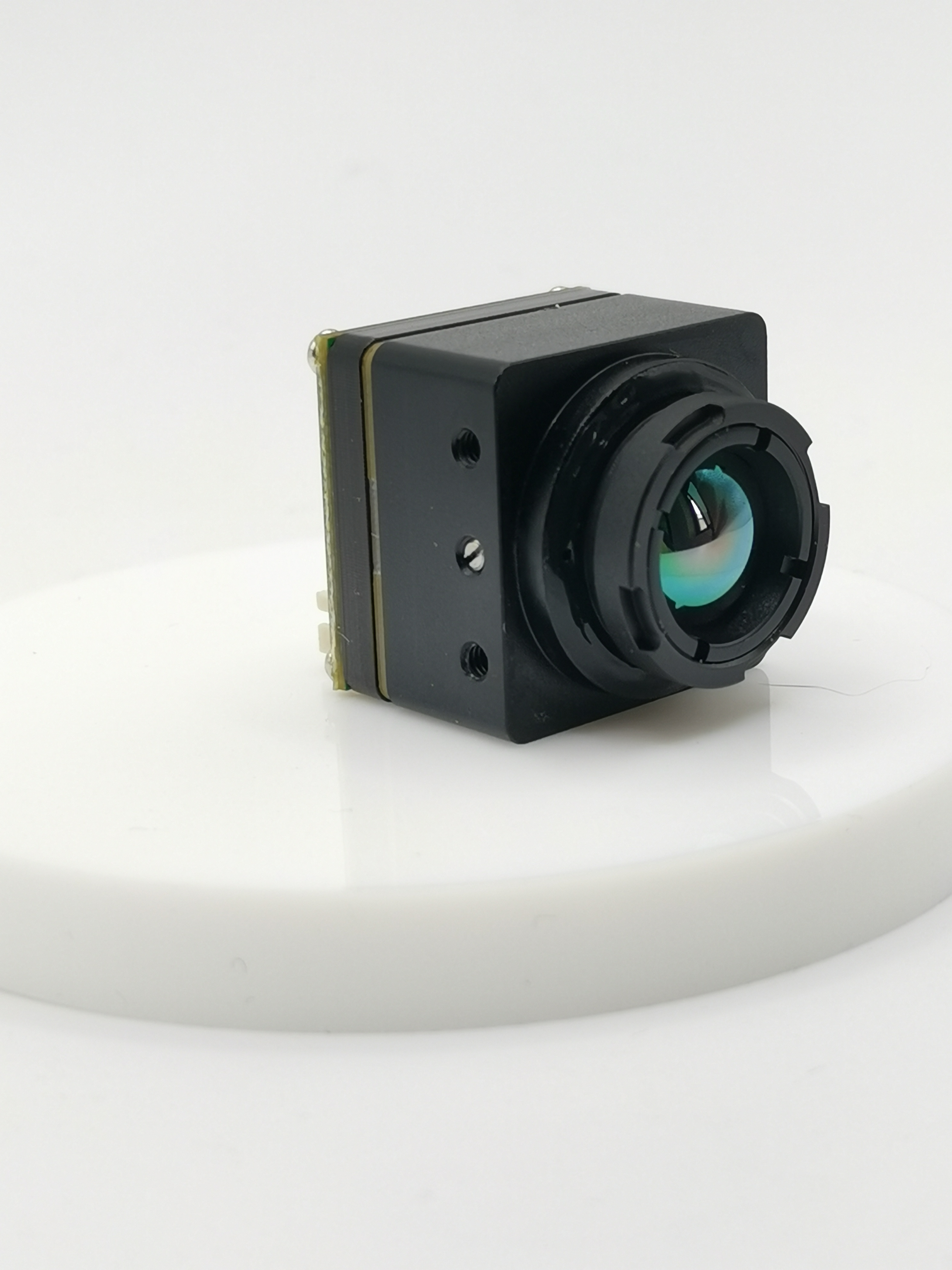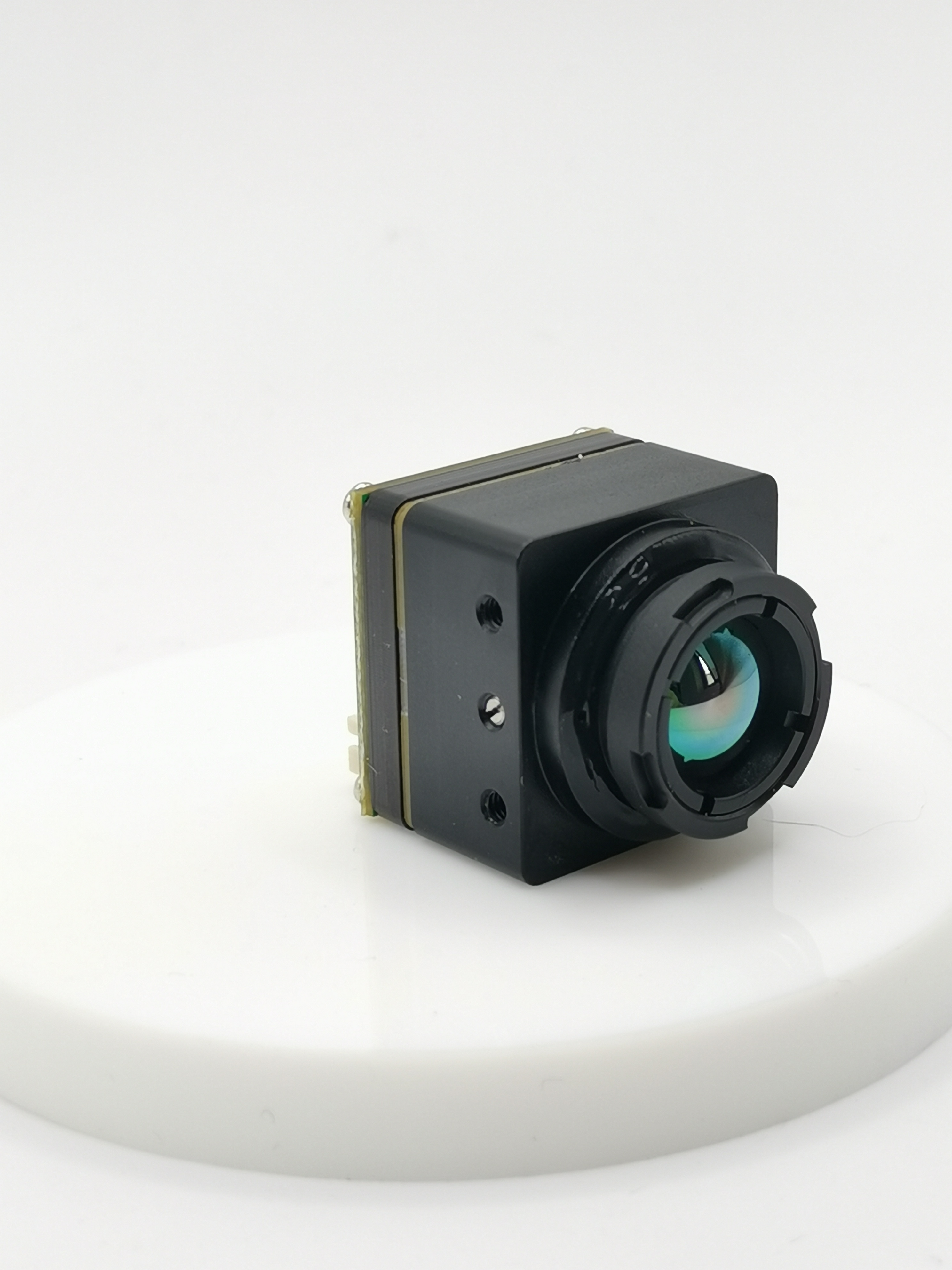Mastering Mavic Drone Cameras: Focal Length & Pixel Size Explained

In the realm of drone photography, understanding the importance of focal length and pixel size is paramount for capturing breathtaking aerial shots. The Mavic drone cameras, renowned for their cutting-edge technology, offer enthusiasts and professionals alike a gateway to unparalleled imagery. This blog delves into unraveling the complexities surrounding these crucial elements, shedding light on how they influence image quality and precision. By exploring the nuances of focal length and pixel size, readers will gain insights into optimizing their Mavic drone thermal camera capabilities for diverse applications. Whether you're using a Mavic drone with thermal camera or a mini drone with thermal camera, mastering these aspects can significantly enhance your aerial photography and videography experience.
Understanding Focal Length

When exploring the realm of drone photography, a fundamental concept to grasp is the focal length. This crucial aspect defines how a Mavic drone camera perceives the world and captures stunning aerial imagery. By understanding what focal length entails and its impact on field of view, enthusiasts can elevate their photography skills to new heights.
What is Focal Length?
The focal length of a camera lens is the distance between the lens and the image sensor when focusing on a subject. In simpler terms, it determines how much of the scene will be captured in an image. For Mavic drone cameras, this measurement plays a pivotal role in determining the breadth of vision when soaring through the skies.
How Focal Length Affects Field of View
A shorter focal length results in a wider field of view, allowing for expansive landscapes to be encapsulated in a single frame. Conversely, longer focal lengths narrow down this perspective, honing in on specific details with precision. For those utilizing a Mavic drone with thermal camera, understanding these nuances can significantly enhance thermal imaging capabilities.
Impact on Image Quality
The choice between a wide or narrow field of view directly impacts image quality. A wider perspective captures more elements within the frame, ideal for panoramic shots or vast terrains. On the other hand, a narrower field of view excels at detailed capture, bringing distant objects into sharp focus.
Wide vs. Narrow Field of View
Wide Field: Ideal for capturing sweeping vistas and immersive landscapes.
Narrow Field: Perfect for isolating intricate details or distant subjects with clarity.
Detailed Capture of Distant Objects
Utilizing longer focal lengths enables precise imaging of far-off objects.
Enhances clarity and sharpness when focusing on subjects at extended distances.
Mavic Drone Thermal Camera Considerations
For professionals delving into thermal imaging applications with their Mavic drone, understanding focal length becomes paramount. The importance lies in calibrating the camera accurately to ensure optimal thermal data collection and analysis.
Importance in Thermal Imaging
Calibration ensures accurate temperature readings during thermal imaging tasks.
Precision in focal length settings enhances overall thermal data interpretation.
Calibration for Accuracy
Fine-tuning focal length parameters guarantees precise thermal measurements.
Ensures consistency and reliability in thermal imaging applications.
By mastering the intricacies of focal length and its influence on image quality, drone enthusiasts can unlock limitless creative possibilities with their Mavic drone cameras.
Understanding Pixel Size

In the realm of drone photography, Pixel Size plays a pivotal role in determining the level of detail and resolution captured by a camera. Understanding this fundamental aspect is essential for enthusiasts and professionals looking to elevate their aerial imagery to new heights.
What is Pixel Size?
Pixel Size refers to the dimensions of individual pixels on a camera sensor. Larger pixels excel in low-light conditions, capturing more light information for enhanced image quality. Conversely, smaller pixels are ideal for bright imaging scenarios where high resolution is paramount.
How Pixel Size Affects Resolution
The size of each pixel directly impacts the amount of detail and information that can be collected in an image. Smaller pixels offer higher resolution capabilities, ensuring crisp and detailed photographs that stand out with clarity.
Impact on Image Quality
When it comes to Image Quality, pixel size plays a crucial role in determining the sharpness and clarity of photographs. Smaller pixels provide higher spatial resolution, capturing finer details with precision that enhances overall image quality.
Image Sharpness and Clarity
Higher Resolution: Achieved through smaller pixels, resulting in sharper images.
Enhanced Detail: Capturing intricate elements with clarity for visually striking results.
Sensor Size and Lens Quality
Optimal Performance: Larger sensors complemented by high-quality lenses maximize pixel performance.
Sharper Images: The synergy between sensor size, lens quality, and pixel size ensures superior image sharpness.
Mavic Drone with Thermal Camera Considerations
For professionals utilizing a Mavic drone with thermal camera, understanding the significance of pixel size becomes paramount in various professional applications.
Importance in Professional Applications
Enhanced Precision: Smaller pixels contribute to accurate data collection for professional tasks.
Detailed Analysis: High-resolution images facilitate thorough inspections and assessments.
Calibration for Enhanced Image Quality
Fine-Tuning: Calibrating pixel size parameters optimizes image quality for precise analysis.
Quality Assurance: Ensuring accurate pixel settings guarantees enhanced thermal imaging outcomes.
By delving into the intricacies of pixel size and its impact on image resolution, drone enthusiasts can harness the full potential of their Mavic drone cameras for diverse applications, from aerial mapping to professional inspections.
Practical Applications
Aerial Mapping
When considering Aerial Mapping, precision in measurements is paramount for accurate data collection and analysis. The Mavic drone thermal camera offers professionals a versatile tool for capturing intricate details from above. By understanding the interplay between focal length and pixel size, enthusiasts can optimize their mapping endeavors with ease.
Importance of Accurate Measurements:
Ensuring precise measurements guarantee reliable data for mapping projects.
Accuracy in aerial surveys enhances decision-making processes for various industries.
Role of Focal Length and Pixel Size:
Focal length determines the field of view, influencing the scope of mapping coverage.
Pixel size directly impacts image resolution, crucial for detailed mapping analysis.
Surveying and Inspection
In the realm of Surveying and Inspection, detailed data collection is essential for thorough assessments and evaluations. Leveraging the capabilities of a Mavic drone with thermal camera, professionals can streamline their surveying processes while enhancing efficiency and accuracy through advanced imaging technologies.
Detailed Data Collection:
Capturing high-resolution images ensures comprehensive documentation during surveys.
Detailed data collection facilitates in-depth inspections for infrastructure assessments.
Enhancing Efficiency and Accuracy:
Utilizing drones expedites surveying tasks, saving time and resources.
Enhanced accuracy in inspections leads to precise identification of structural issues.
Mini Drone with Thermal Camera Use Cases
For compact and versatile applications, a Mini Drone with Thermal Camera opens up a world of possibilities across various industries. From monitoring agricultural lands to assessing building structures, these drones offer benefits that cater to diverse needs efficiently.
Compact and Versatile Applications:
Mini drones provide agile solutions for navigating tight spaces during inspections.
Versatility in applications allows mini drones to adapt to different industry requirements seamlessly.
Benefits in Various Industries:
Agriculture: Monitoring crop health and irrigation systems with thermal imaging technology.
Construction: Inspecting building structures for maintenance needs or safety assessments effectively.
By harnessing the capabilities of both focal length and pixel size in aerial mapping, surveying, inspection tasks, as well as utilizing mini drones with thermal cameras, professionals can elevate their practices to new heights while ensuring optimal results across multiple industries.
Focal length impacts flight efficiency by affecting the altitude, energy consumption, and endurance time of the drone.
Pixel size plays a crucial role in camera resolution by enabling the resolution of smaller details.
In summary, understanding the significance of focal length and pixel size is paramount for optimizing Mavic drone camera capabilities. By mastering these elements, professionals and enthusiasts can elevate their aerial photography endeavors to new heights. Future developments may focus on enhancing thermal imaging precision and further refining image quality through advanced calibration techniques. Recommendations include continuous practice to hone skills in utilizing focal length and pixel size effectively for diverse applications.
See Also
Exploring Drone Photography Using Analog FPV Thermal Cameras
Perfecting Aerial Monitoring with Mavic Pro Thermal Camera
Understanding Thermal Camera Tech for Selecting Top Drones
Contact Us: Ms. Coco Huang
E-mail: sales@iasun.cn
WhatsApp/Wechat: +86 13510421923

